Takayama-Hokuriku Area Tourist Pass (Complete 5 Days 4 Nights Trip Itinerary)
Glad that many of you tuned in and enjoyed the virtual Japan trip via my IG stories a couple of weeks ago; It was also the least i could do to help ease some the Japan travel blues you guys are currently facing (wish i could share more virtual trips like this!) and during this travel ban period I’m glad that some of you are taking it in a more positive manner (or a “sabbatical leave” lol) by meticulously planning +saving for your future Japan trips so you’ll be well prepared and ready to board the next plane to Japan once it’s available XD Smart move!
For long time followers, you would know that my maiden voyage around central Japan (Hokuriku) started back in 2017 and I’ve only touched the tip of the surface back then (in my defense it was last minute trip with minimal planning) and earlier this year I’ve also shared an updated blog entry of a sample itinerary covering more interesting places that I personally wish to visit once the state emergency call has lifted in Japan. Been manifesting my dreams since then and it has now come to fruition; so without further delay do enjoy my latest travel entry and hope it may inspire you to explore the vast wonders Hokuriku region has to offer and how to MAXIMIZE your 5-day pass usage (this is another itinerary alternative by the way)!
Can i just have this train and sunset view everyday?
A little note, it may sound packed and tiring with a tight schedule of hotel and train hopping everyday but it is doable, the key is to have the train schedule/ bookings ready and confirmed beforehand and make sure to head out early every day!
The Takayama-Hokuriku Area Tourist Pass (5days) usage starts when you arrived and activate it from Kansai Airport and from there it gives you unlimited rides on certain JR limited express and local lines covering Osaka, Kyoto, Kanazawa, Toyama, Takayama & Nagoya. To learn more about the pass benefits you can refer back this blog entry
Day 1: Kanazawa, Ishikawa
Did you also know that this station has also earned a spot as one of the “world’s most beautiful train stations” in Travel & Leisure Magazine too?
My next tip to explore Kanazawa efficiently is to get the ONE DAY PASS that's available at the Transportation Information Center or Hokutetsu Bus Ticket Office for only 600yen (adults) & 300yen (kids). This way you’ll get unlimited bus rides around Kanazawa city’s main tourist spots without breaking a sweat! Though some may prefer the walking route, I personally feel that taking the bus saves a bit of time especially if you are traveling with young children & elderlies.
Kenrokuen is a not to be missed spot in my books as it is one of Japan’s 3 most beautiful gardens and I’m glad to have FINALLY visited it! Was a bit low-key sad that I wasn’t able to see the signature Yukizuri in action (it’s usually up during winter to protect the trees) but nonetheless I still enjoyed my visit to Kenrokuen during autumn season and the temperature was perfect (not too hot nor cold). One thing I learned about Japanese gardens is that it doesn't matter what season you visit; each season has its own unparalleled beauty.
From Kenrokuen we exited Oyama Shrine (尾山神社), this shrine is dedicated to a powerful Lord of the Maeda Clan, Maeda Toshiie and was first built on Mount Utatsu before moving to its present location. One thing I found interesting here was the architectural build of the main gate which consists of a peculiar mix of traditional Japanese, Chinese, and European religious elements. Through Oyama Shrine, just a mere 900 meters walk you’ll reach the old Nagamachi Samurai District. Walking from Kenrokuen to Nagamachi takes shorter time than riding the bus and while you are strolling around in this area, do give Ashigaru Museum a visit as well to see how the living quarters of a samurai foot soldier during Edo period was in comparison to the Samurai homes you’ve just seen in Nagamachi; it’s free and open to all.
Saving Higashi Chaya for the last because we want to catch the street light up and while waiting for the sun to set make sure to grab yourself a gold soft serve because your visit to Kanazawa is not complete without eating something gold; Kanazawa is after all the largest gold leaf producer in the whole of Japan!
The night view here is breathtaking!
We got our gold soft serve from Hakuichi
Enjoying our gold soft serve despite it being cold outside😂
Day 1 Route:
Kanazawa station → Omi-cho Ichiba → Kenrokuen → Oyama Shrine → Nagamachi Samurai District → Higashi Chaya
Dinner Pick in Kanazawa!
If you are looking for dinner suggestions in Kanazawa, knowing the Oden Queen I am; I would recommend dining at a local Oden restaurant- Yoshibou (よし坊). I’ve eaten quite a fair share of various Oden around Japan and this is my first time seeing crab on the menu which was a pleasant and yummy surprise because it’s not something you come across every day! The simple & light yet tasty broth paired with various types of fish cakes, meats and vegetables plus a homely atmosphere made it a perfect dining choice for a cold autumn night. This place is frequented by locals so best to call ahead and make a booking.
Crab in simple oden broth, yet so flavourful!
I've been asked many times before regarding how oden tastes like, think of it as Yong Tao Fu but Japanese version 👌
Day 2: Fukui
Before heading to Fukui after checking out early from the hotel we did a little side track heading to Kaga Onsen station (still in Ishikawa) first and dropping off our luggage at the coin locker (in front of the station entrance) before hopping on the bus to Kakusenkei Gorge (鶴仙渓) to visit the Ayatori bridge that goes across the river in a unique formation that resembles an “S” feels like you are walking through a roller coaster platform if I might add lol.
Follow along the pathway and it will lead you to a “hidden” riverside café at the bottom of the bridge where you can enjoy some simple dessert (cold zenzai) and tea while admiring the scenery; An important thing to take note is that this café only operates for a limited period from April to November. Though this location might be slightly “further out” from all the usual tourist spots and takes a bit of time to get to, let me assure you that it is still WORTH IT.
I was wondering if I could move to this area so I can visit this café anytime and do my remote work there, as it is so peaceful! 😆

Kaga Onsen JR stamp
Don't forget to grab a bottle of Kaga Boucha from the konbini, it's a local speciality and yummy
Echizen is famously known for their seafood, particularly the “Echizen Gani (crab)”, but did you know that another local food you should try is their Oroshi soba?
Soba is common throughout Japan but what makes Echizen soba different from the rest is that not only is it grown in a perfect environment, it is also still milled the traditional way (on a mill stone) which allows it to retain its strong flavor and distinctive dark color.
Echizen’s Oroshi soba is served cold with grated Daikon (raddish) and dashi, topped with katsuobushi (small shavings of dried bonito).
But don’t worry if you are not a big fan of daikon because there are definitely others on the menu to try too and the restaurant we dined at- Omakiya(おおまき屋) has a set that allows you try 3 different types of soba base/ topping, definitely perfect for those who can’t decide what to get XD
Fun fact: Before Fukui prefecture was called Fukui, the whole area was known as Echizen
But don’t worry if you are not a big fan of daikon because there are definitely others on the menu to try too and the restaurant we dined at- Omakiya(おおまき屋) has a set that allows you try 3 different types of soba base/ topping, definitely perfect for those who can’t decide what to get XD
Important Note: There are limited large luggage lockers at JR Awara Onsen station. However, if you are staying in Awara Onsen hotels, you can send your bags to your accomodation first.
There are direct buses from Awara Onsen to Tojinbo every hour and the reason why you must put this place under your radar when visiting Fukui is because these terrifying yet breath-taking rock formations caused by Japan’s rough sea crashing against it over the millennia can only be found in 3 places on earth and Fukui being one of it; not to mention easily accessible too!
It’s also normal to see people walking along the edge of the cliffs without any safety barrier around it, just make sure to watch your step because it can get quite slippery.
The boat cruise has always been on my list of things to try here as it gives you a full view of the cliff's coastline and who doesn’t like a nice cooling cruise plus a sunset to boot?
Travel Tip: You can store your luggage at the coin lockers located in front of the bus stop before heading down to the cliffs. If you collect travel stamps like I do, there’s some available at the Tojinbo tourist information center.
Last stop of the day would require us to head to Fukui station and to do so from Tojibo, we took the local train line from Mikuniminato Station.
Less than 15 mins walk from Fukui station is Yokokan Garden (養浩館 庭園), the former the villa of the Matsudaira clan and with an entry fee of only 220yen you can enjoy the tranquility of this Edo-style garden; night entry offers an illumination experience!
Dinner Pick in Fukui!
Note: Day 2 was considered a “relaxing” day because we didn’t cram in a lot of spots as most of the places we visited required more traveling time in between.
Day 3: Toyama
This place might be slightly far from Fukui station but if you happen to be in the area, check out Jurakusen Kaiseki Restaurant. The restaurant comes with a lovely garden view with its interior dating back to Taisho era and has a bar next door too; and the most important info is that they have a super fluffehhh huge white cat living here, may it grace you with its majestic presence XD
Day 2 Route: Kakusenkei Gorge → Tojinbo → Yokokan Garden
Note: Day 2 was considered a “relaxing” day because we didn’t cram in a lot of spots as most of the places we visited required more traveling time in between.
Day 3: Toyama
The leisure cruise takes about 1 hour to and fro, makes it a perfect opportunity to just focus on the scenery and forget about the outside world (gadgets aside please!); the temperature difference is quite noticeable here so makes sure to dress warmly.
There are minimal buses passing through Shogawa Gorge Cruise (4 times a day), make sure to check the schedule beforehand and devise your trip accordingly. We timed it nicely right after the cruise, there was a bus heading towards Takaoka station where we have a lunch reservation nearby.
Marusho is a hidden restaurant near Takaoka station (mere 500 meters walk) that serves Kaiseki style meals using fresh local seasonal ingredients; they have a weekday lunch menu set that’s quite affordable for the portion served (which we had and it was yums!).
Reservations are required minimal one day before and you can conveniently do so online (great for those who can’t speak Japanese).
A short walk 10-15 mins’ walk from Takaoka station is one of Japan’s national treasure- Zuiryuji temple (瑞龍寺山門) built in the mid-1600s to mourn the death of a retired local lord, Maeda Toshinaga who was the eldest son of Maeda Toshiie ; same lord mentioned for Oyama Shrine, Kanazawa (above). The Maeda clan ruled most parts of Hokuriku region from the end of Sengoku period through the Meiji restoration hence their family name and influence can still be found here today. Zuiryuji temple’s symmetrical corridors connect its buildings in a style similar to Soto Zen monasteries and it’s open for visitors to walk through.
Travel Tip: Doremon fans, look out for the bronze Doremon shaped post box at Takaoka station. When you post letters out from this postbox, you’ll get a special stamp postmark on it!
Important Note: Shin Takaoka & Takaoka station are 2 different stations!
Marusho is a hidden restaurant near Takaoka station (mere 500 meters walk) that serves Kaiseki style meals using fresh local seasonal ingredients; they have a weekday lunch menu set that’s quite affordable for the portion served (which we had and it was yums!).
Reservations are required minimal one day before and you can conveniently do so online (great for those who can’t speak Japanese).
Important Note: No photography allowed inside the corridors, only outdoors
Did you know the deity Ususama Myo-o (a large statue of it can be found at Hatto Hall) is considered the guardian of washrooms? It is said that Ususama Myo-o has the ability to purify and prevent diseases, that is why you can find a small statue of it near the entrance of the public washroom. The more you know lol.
And since we are in Toyama, the land historically known for metal-casting (especially copper) it would a be a shame not to stop by Nousaku Factory (能作 本社工場) for a hands on session!
I truly enjoy a good hands-on session whenever I travel as it allows me to not only learn but to also immerse myself in it and who knows you might learn a new skill or two. Nousaku Factory entry and tour itself is free, it has a relaxing café space and a section for souvenirs (prepare money ya’ll, it’s spending time! 😆). If you would like to try their tin-casting workshop* like we did, which I highly recommend doing; the fees start from 500yen-4000yen (depending on the complexity of the design for adults & children).
It’s really hard work but super fun to see the end result and it also makes a perfect souvenir to bring back home!

Check out mine!
*Advance reservation is required for workshop
90 minutes well spent if I might add and the amount of effort used, definitely makes one work up an appetite lol.
Dinner Pick in Toyama!
When in Toyama you need to drop everything and hunt only for SHIRO-EBI because this is the only food that matters here and don’t leave this place until you have tried some, I’m being serious about this! They are literally called the “Jewels of Toyama Bay” and only found in these waters.
When in Toyama you need to drop everything and hunt only for SHIRO-EBI because this is the only food that matters here and don’t leave this place until you have tried some, I’m being serious about this! They are literally called the “Jewels of Toyama Bay” and only found in these waters.
If you are staying near Toyama station for the night and looking for an affordable sushi restaurant, check out Aburian Toyama Zushi (炙庵 とやま鮨), they have a large menu variety, family friendly, and most importantly serves shiro-ebi *chef kiss*
Day 4: Gifu
Day 3 Route: Shogawa Gorge Cruise→ Zuiryuji temple→ Nousaku Factory
Day 4: Gifu
When one mentions Gifu prefecture, immediately Shirakawa-go and Takayama comes to mind because these are 2 major tourist spots in this area thanks to it being a UNESCO World Heritage Site and also an anime pilgrimage route because of Shinkai Makoto’s work- Kimi no Na wa (also known as “Your Name” to international audiences).
From Shin Takaoka station there is a direct highway bus to Shirakawa-go (2-hours) which is covered using the Takayama-Hokuriku Area Pass. Yes you guys, FREE bus ride.
- To get a full picturesque view of the iconic thatched roof village, head up the observatory which is a 30 minutes’ walk or a 10 minutes’ shuttle bus ride from the bus depot. The shuttle bus depot itself is close to the main bus terminal/ information center.
- Visit both the Kanda and Wada house to learn more about gassho style architecture up close, it has a great view from 2nd floor too
- Don’t forget to try Hida-beef and Hoba miso, you can get a hearty lunch set serving at Irori restaurant
Travel Tip: There’s a Shirakawa-go limited stamp available at the main bus terminal/ information center, there are also huge luggage lockers here that can easily fit 2 of me inside lol
After lunch we did a mini Kimi no Na wa pilgrimage in Hida Furukawa visiting various locations featured in the movie like the city library and train station, obviously we couldn’t help recreating certain movie scenes for pictures. Do you think it's accurate? How would you rate our efforts?😂
Important Note: The library is a public space, please be mindful of others reading/ studying here and not make any loud noises
This is another place I would highly recommend going especially for families if you would like to watch traditional performances minus the formal setting as I understand how those can be stressful for little ones having to sit through long hours of it (I have a kid; I know lol). At Dekonaru-za, the comprehensive yet engaging and interactive performance allows visitors to experience Hida’s performing art culture in a fun way. You can definitely feel the passion from the performers as they deliver each role, might add they are all super talented being able to perform using various instruments!
Travel Tip: To avoid the crowd in Sanmachi Suji, schedule an early morning walk
Day 4 Route: Shirakawa-go → Hida Furukawa → Furui Machinami(Sanmachi-dori) → Dekonaru-za
So peaceful in the morning!
Takayama is known for Sarubobo (さるぼぼ) which literally translates to “baby monkey” but the shape of these cute amulets resembles more of a human child than a monkey XD It is usually made by mothers using scraps of cloth for their children as a blessing and protection charm; today it has become somewhat of a mascot for this region and it’s available everywhere! If you are looking to buy handmade Sarubobo goods, you can find them at Miyagawa Morning Market.
Dinner Pick in Gifu!
As most places tend to close early around this area and after 4 filled days of nonstop traveling around Hokuriku, a full Kaiseki dinner course at the ryokan is definitely needed to complete the whole ryokan stay experience in Japan don’t you agree? The food served here was superb, they even went the extra effort to swap certain foods out for me (due to allergy) and provide us with an English menu explanation of our dinner course, this is really next level OMOTENASHI*.
I’ve visited many kaiseki restaurants while traveling and living in Japan and their menu is always in Japanese only, so those who don’t understand the language can’t fully enjoy their meal as they have no idea what they are eating. So remember Honjin Hiranoya guys!
*hospitality
*hospitality
Morning misty view from my room in Honjin Hiranoya
Their Hoba Miso is so good that i can eat this everyday!
It's also available for purchase from the ryokan's omiyage store
Using our last day to explore another side of Gifu before ending our trip in Nagoya, starting off with an early morning market visit to Miyagawa Morning Market (宮川朝市) to check out local crafts and foods, went sorta overboard with the shopping here because I love handmade stuff. The market itself is a short walk from Honjin Hiranoya so we could leave and pick up our luggage later.
We got matching handmade obi hair ties!
Bidding Takayama goodbye we are off to our last few destinations for this trip and it’s none other than the land of swordsmith a.k.a katana heaven- SEKI CITY
We took the train from Takayama station to Mino-Ota, then exchanging to a local line heading to Hamonokaikan-Mae Station (cute trains alert!) from there it’s a short walk to Seki Traditional Swordsmith Museum(関鍛冶伝承館).
Seki's pretty manhole
Sorry just had to haha!
This place is literally every anime fan's dream come true and also aunties like me who love a good cooking knife XD Allow me to share a comprehensive explanation about how cutlery today is relevant to Seki katana.
EVA scissors OMG!!
Swords made before the Keicho-era (1596-1615) were considered “old swords”, this was also a period of many well-known military occurrences (Eg: Battle of Sekigahara). The introduction of Seki swords came not long after and was dubbed the “new swords “replacing the old ones thanks to Oda Nobunaga’s influence during his rule in the Sengoku-era. As demands for Seki swords rose, Seki swordsmiths relocated throughout the country to supply them.
Swords were considered a staple weapon in Japan until the establishment of peace during the Edo period which caused the demand for swords to dry up and as a result Seki swordsmiths had to shift their production to knives, cutlery and other iron goods; from means of survival to being famously known for today. There are currently still a handful of swordsmiths who are allowed to produce Seki katana by the government for the sake of keeping this skill alive.
You can watch a live demonstration of a katana forging here at the Seki Traditional Swordsmith Museum, it’s held once a month so best to plan your visit to match it, their current schedule is out till March 2022.
You can watch a live demonstration of a katana forging here at the Seki Traditional Swordsmith Museum, it’s held once a month so best to plan your visit to match it, their current schedule is out till March 2022.
Live demo here
Next to the museum is a café that serves lunch sets and sweets, a very convenient spot to grab a bite before visiting the museum and right opposite is the newly opened Seki Terrace which has a café, information counter, workshop room, lawn space and souvenir shop, that’s basically everything you need under one roof lol! I couldn’t leave this place without getting a few Seki tools myself, finally got a new thread cutter and nail clipper XD
Naturally, couldn't leave without getting something and these are a perfect addition to my sewing kit!
Fun Fact: Aside from swords, Seki is also known for their milk and Unagi!
Travel Tip: Lockers in Mino-Ota station are rather small so if your luggage is big like mine you’ll end up having to drag it around Seki. To avoid this from happening, traveling light is the best = cabin size luggage.
Our last stop is a train station away from the museum, Sokyuji Temple but it’s more commonly known by its nickname Seki Zenko-ji Temple (関善光寺) this temple is frequented by visitors during spring and autumn to admire the seasonal view, aside from the view there’s also a mini underground tour visitors can participate in called the Manjikaiden-meguri (卍戒壇巡り), its unusual swastika shaped platform can only be found here. The 49 meter pitch black platform was once used as part of the monk’s training and now visitors can experience it too, it is said if you manage to touch the buddha statue in the dark you’ll be cleansed and blessed.
Day 5 Route: Miyagawa Morning Market → Seki Traditional Swordsmith Museum →Seki Zenko-ji Temple → Nagoya station (end)
As we are ending our trip at Nagoya station, there is a direct train route from Mino-Ota station via the Hida Limited Express Nagoya (covered under the pass) which took about 45 minutes to reach our destination and with that marks the end of this amazing 5 days’ trip around central Japan using the Takayama Hokuriku Area tourist pass.
We’ve covered quite a number of places and activities in just 5 days; I was in amazed that we managed to squeeze everything in such a short period of time, felt like we just inhaled and exhaled the 5 days away lol. The pass allows you to explore many parts of central Japan and this route we took is just one of the many possibilities; if given another chance in the future, I’ll definitely use this pass again to visit other parts including Nagoya!
⚠ ANNOUNCEMENT ⚠
With the latest upgrade, the Takayama Hokuriku Area tourist pass can now be used like a normal train ticket for the automatic gates instead of having to carry it around taped to a booklet. Kudos to JR for making it less bulky for travelers.
Book the pass here: https://bit.ly/3yaUP5S
If you need another itinerary sample you can check out my older entry HERE.
Hope this blog post inspires you to explore more of central Japan!
See you guys in my next update, and don't forget to save this page!
Okay last photo I swear! Couldn't get over how cute and funny Awara Onsen's mascot design is 😂
It's the bucket we use in an onsen haha!
Disclaimer: This is a sponsored trip by Central Japan. The Takayama Hokuriku Area tourist pass can only be bought and used by temporary visitors, foreigners living in Japan with a work/ student/ spouse visa are not eligible for it.
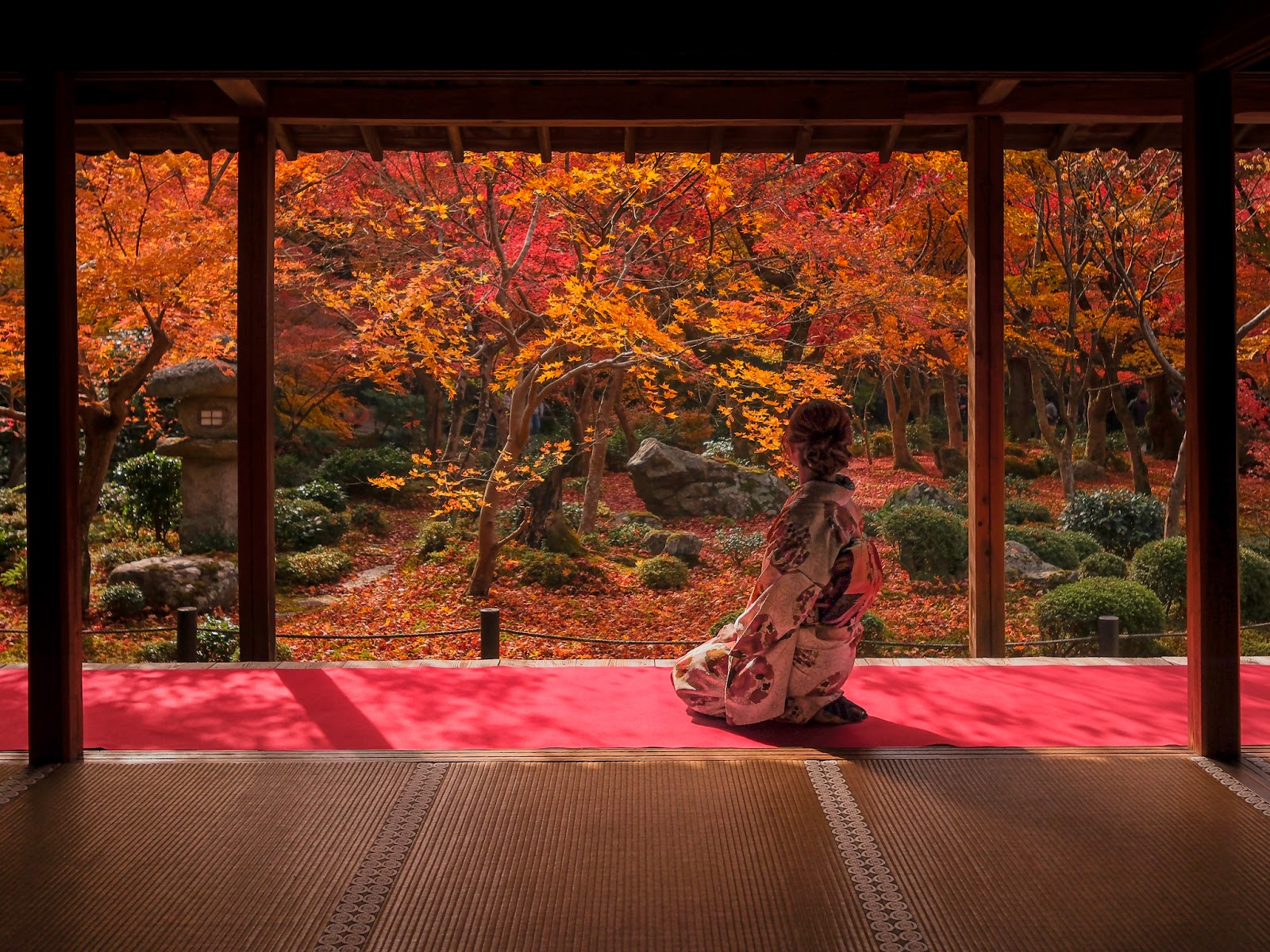
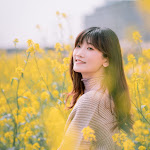
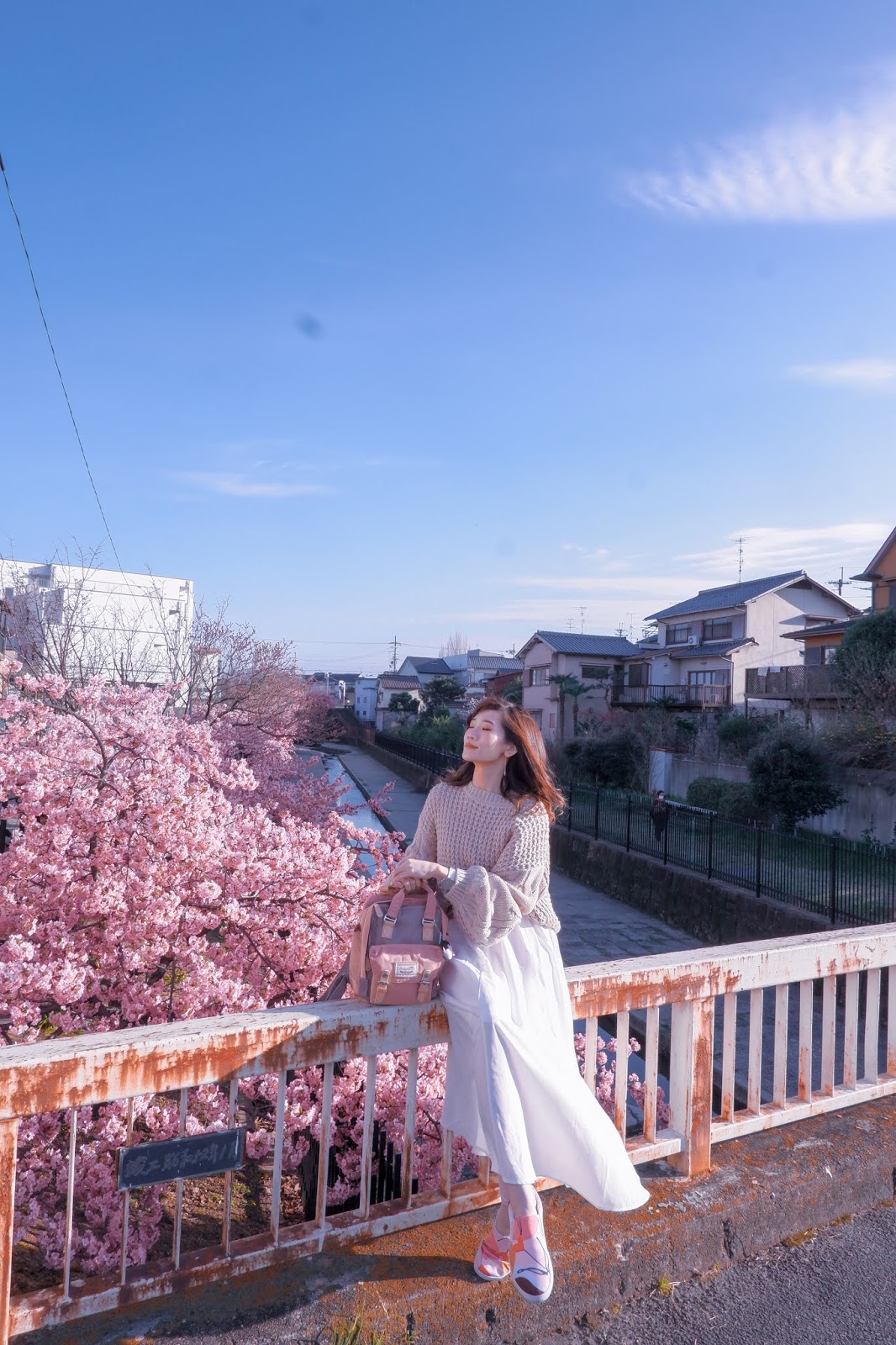
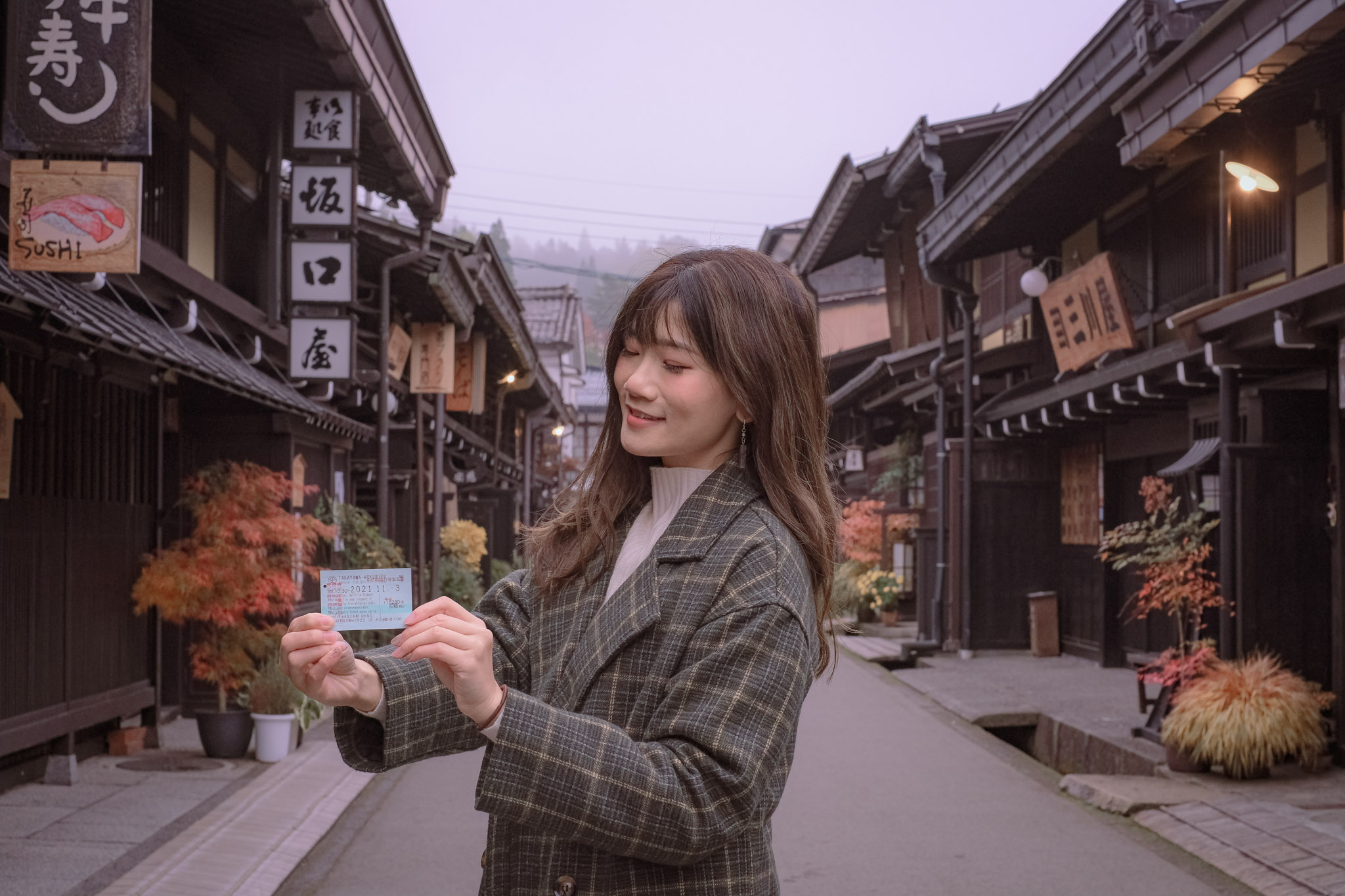







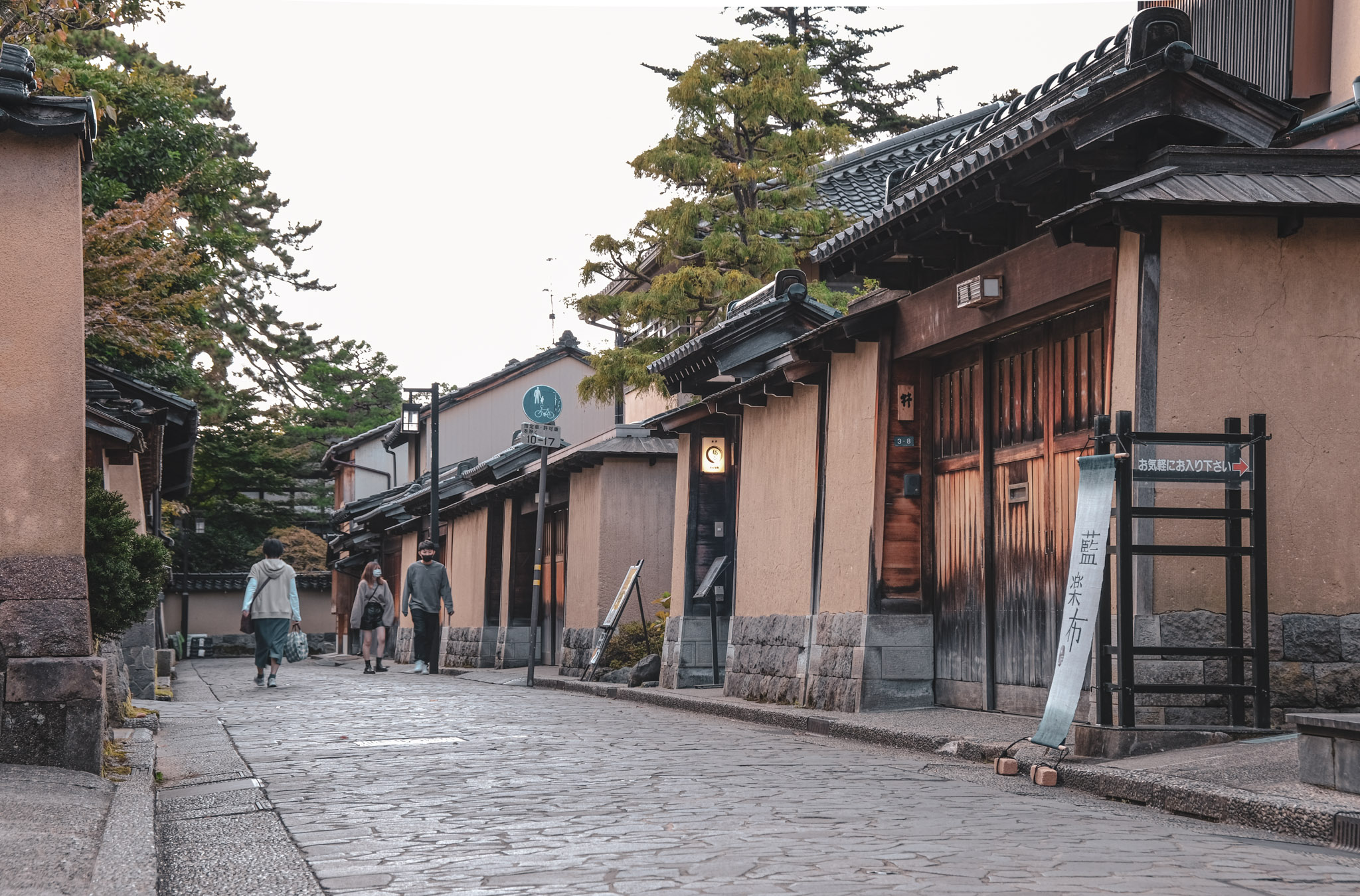








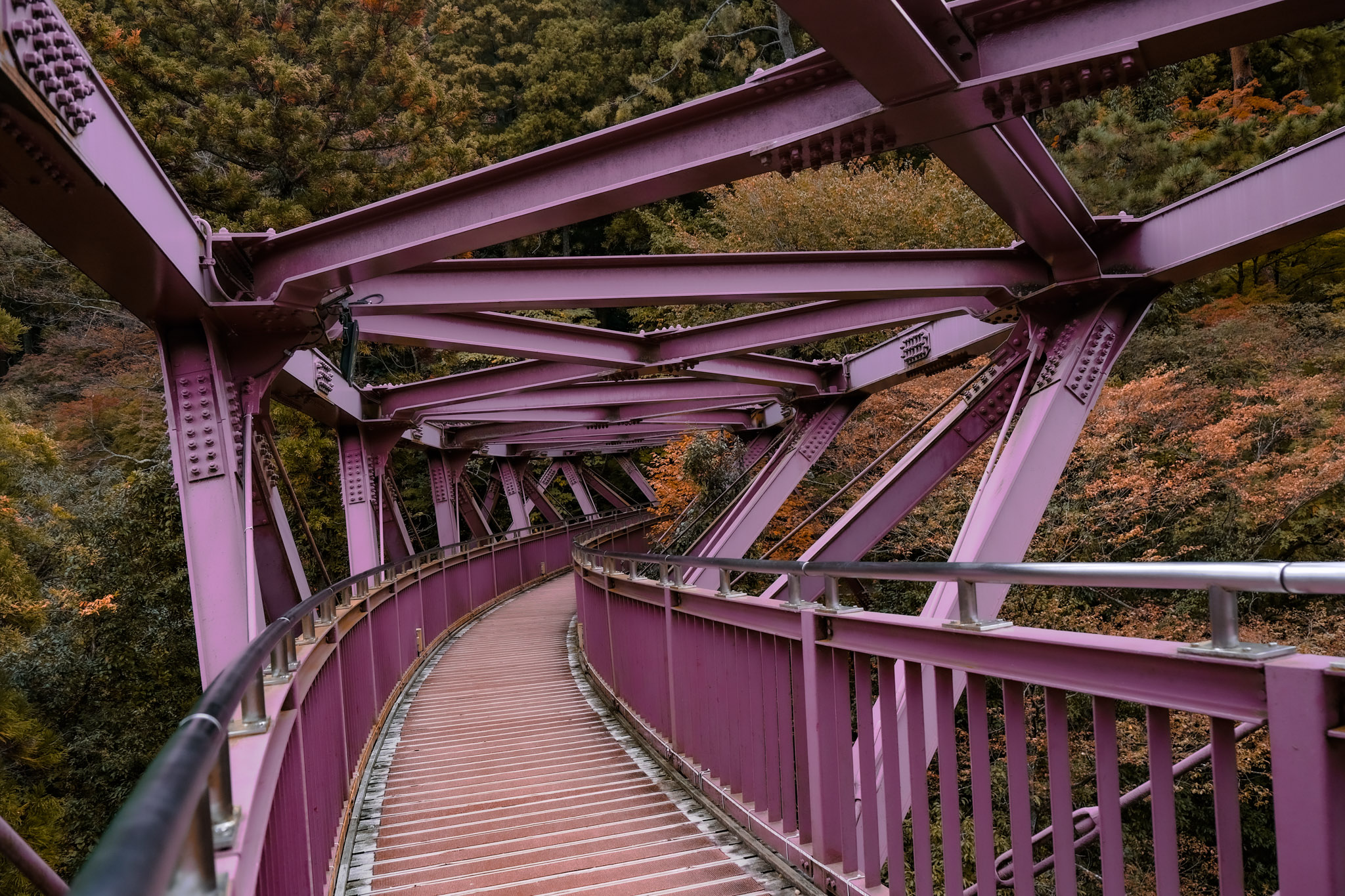




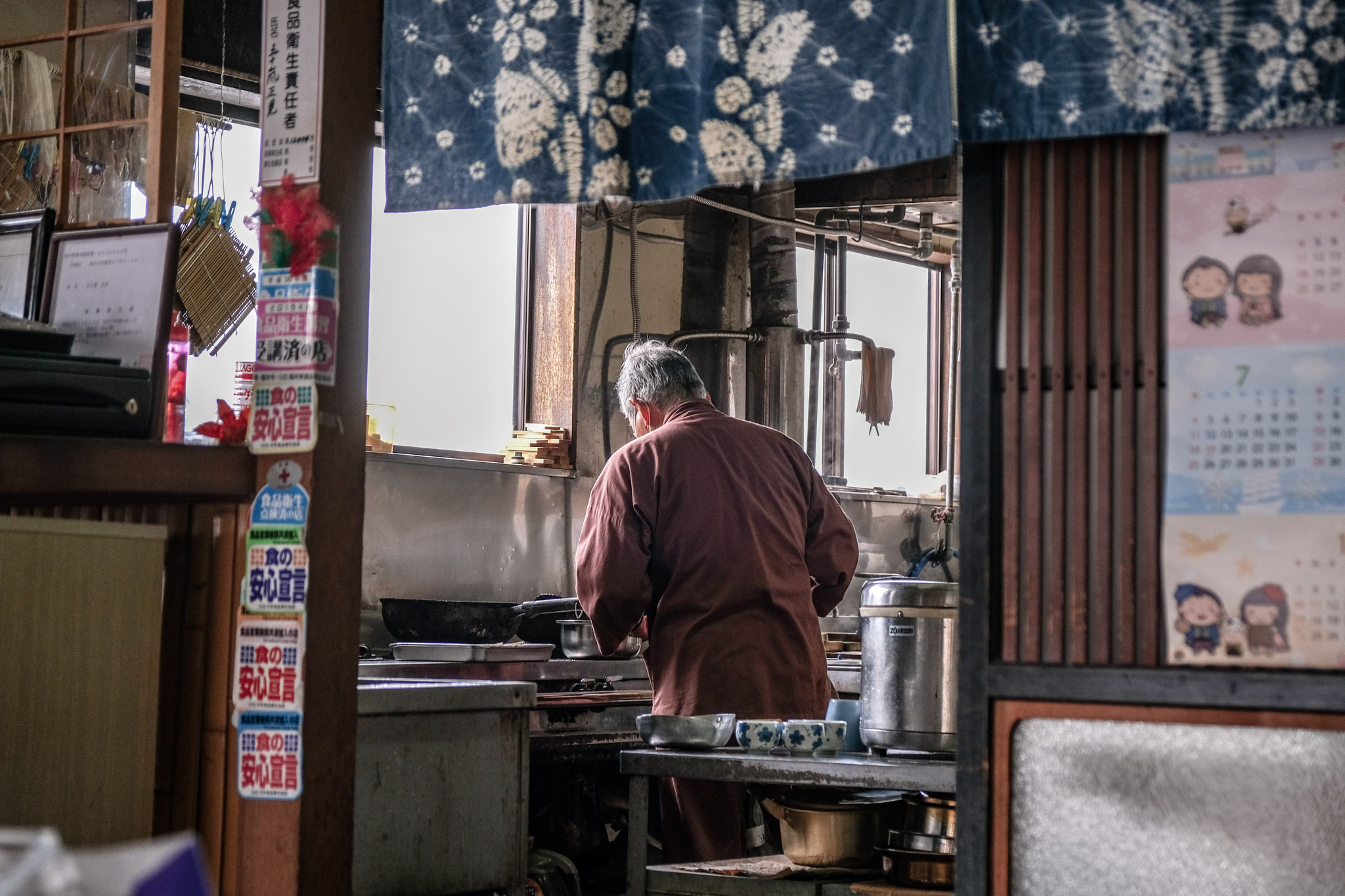




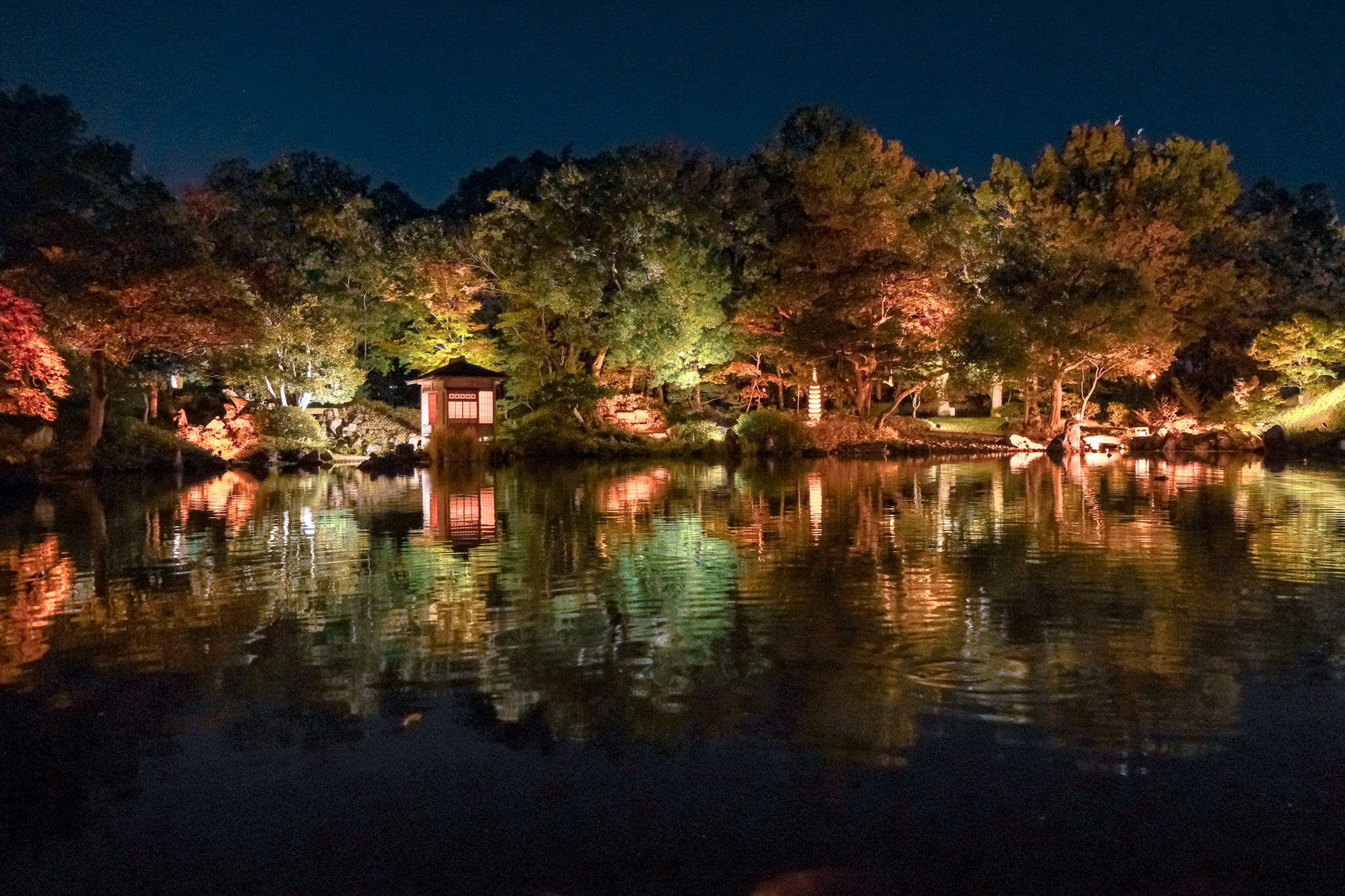








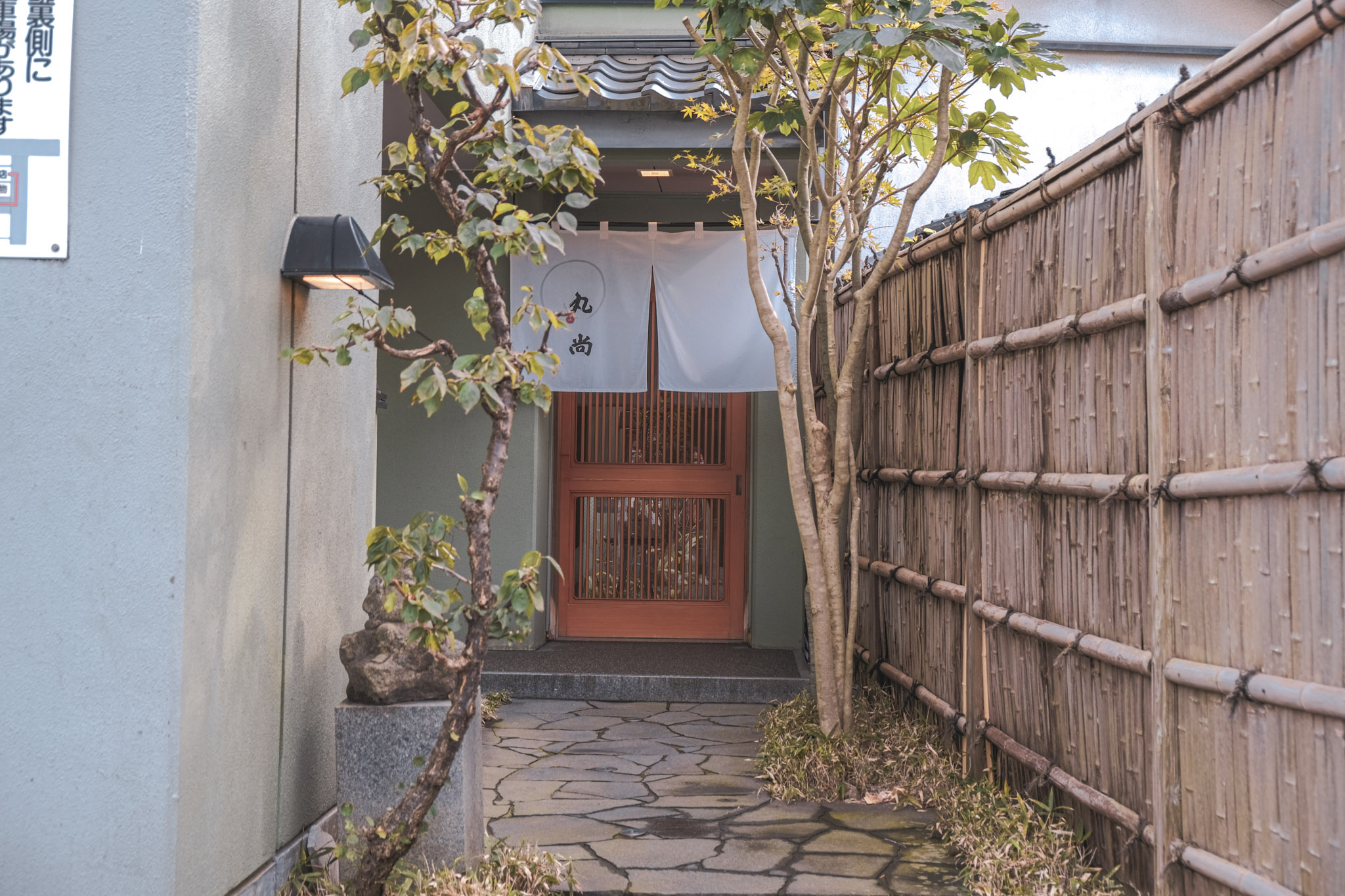




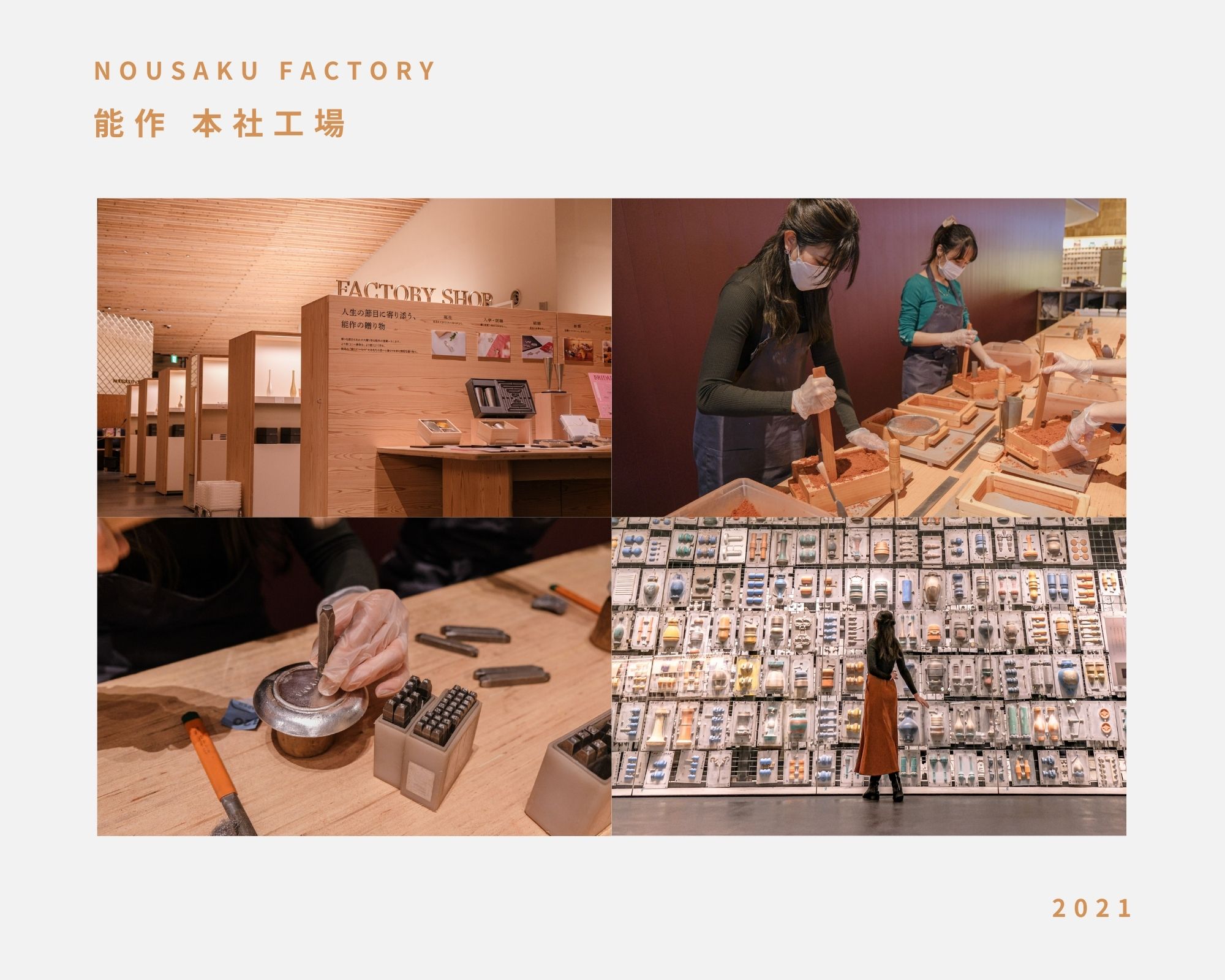













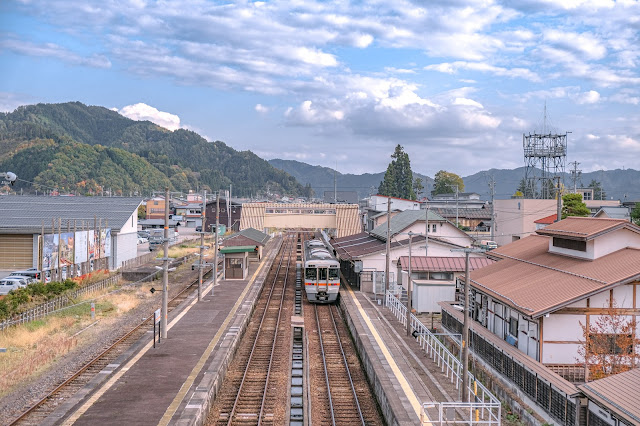



























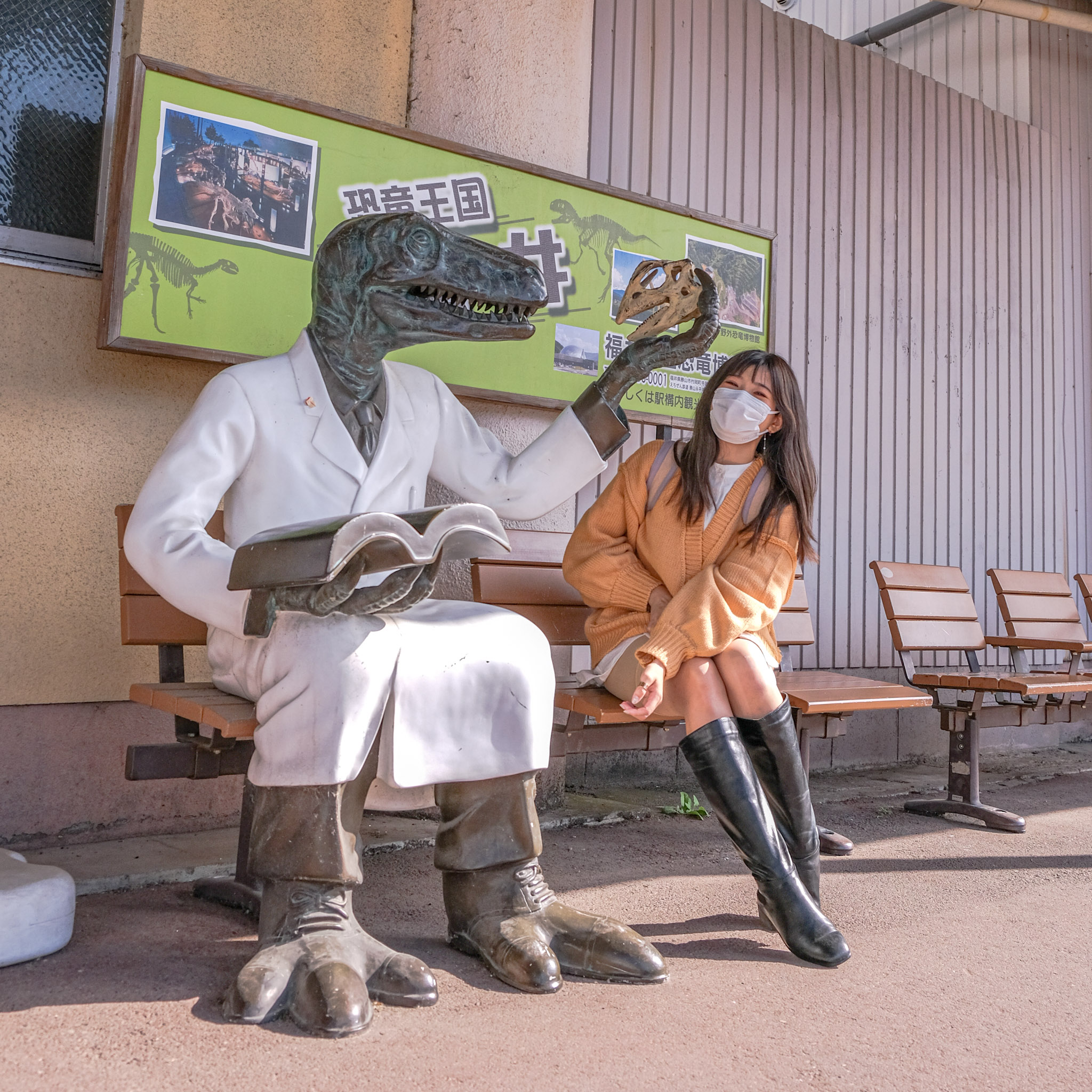


No comments
Post a Comment
Your Comments puts a smile on my face :)
Thank you!
Note: Only a member of this blog may post a comment.